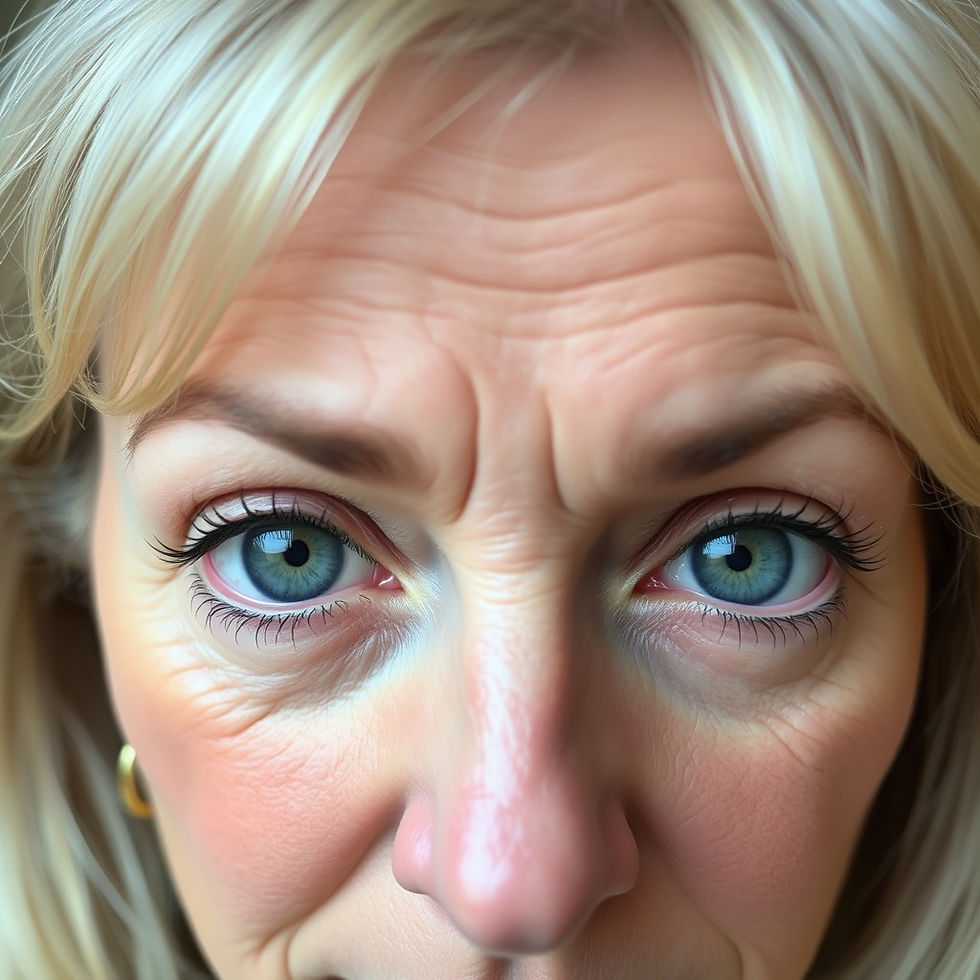Understanding Upper Eyelid Retraction surgery in Graves disease in Denver patients in 2017
- Chris Thiagarajah MD
- Dec 11, 2016
- 2 min read

One of the final surgeries that are done in Graves disease is eyelid retraction surgery. Eyelid Retraction occurs when the eyelid rides high in Graves patients. When this happens, the white of the eye is visible under the upper eyelid. This happens for two reasons:
1. Stimulation and inflammation of a muscle in the upper eyelid that tightens and raises the eyelid too high
2. If the eye is bulging, the eyelid can raise up as the eye is pushed forward
In Graves patients the first surgery that is often done, is an orbital decompression. This brings the eye back into position and can help with eyelid retraction or the eyelid being in a high position. The order of surgery for Graves is always : Orbital decompression first, then eye alignment surgery and finally eyelid surgery. If eye socket or orbital decompression is completed along with eye alignment surgery, then eyelid surgery can be attempted.
There are several ways to bring the eyelid down if it is too high:
1.Nonsurgical:
Botox – This involves injecting Botox into the upper eyelid muscle to drop the eyelid. It is mainly aimed at nonsurgical patients because the botox only lasts 3-4 months. Also, it is not covered by insurance. Some patients choose to get Botox of the eyelid done to bring the eyelid down while waiting for the Graves disease to stabilize
2. Surgical:
Releasing the eyelid tissue and muscle- (Blepharotomy) In this procedure the muscles used to elevate the eyelid are cut and released. Often the eyelid is overcorrected in a lower position because the eyelid wants to rise up after the surgery. The success rate for this surgery is roughly 75%.
Releasing the eyelid tissue and muscle and placing a spacer material. (Blepharotomy and spacer placement). In this procedure the eyelid muscles are cut and material is placed in the eyelid to hold it down. The material can be synthetic or even from the patient itself (roof of the mouth). This is done for patients where simple release may not be enough in the upper eyelids.Also this is most commonly done in the lower eyelids. In the lower eyelids releasing tissue or tightening the eyelid is not enough to raise the eyelid.
It is important to know that in graves disease, eyelid surgery does not have the predictability in normal eyelid tissue. As a result, the surgeries do not have the success rates of regular eyelid surgery which are over 90%. As a result touchups and adjustments have to be made in patients to align the eyelids. Some of the adjustments are not covered by insurance as insurance companies view eyelid retraction surgery as simply to help protect the eye and do not care about the cosmetic appearance. Dr Thiagarajah is a Graves specialist in Denver who regularly treats Graves patients for cosmetic and functional problems.




Comments